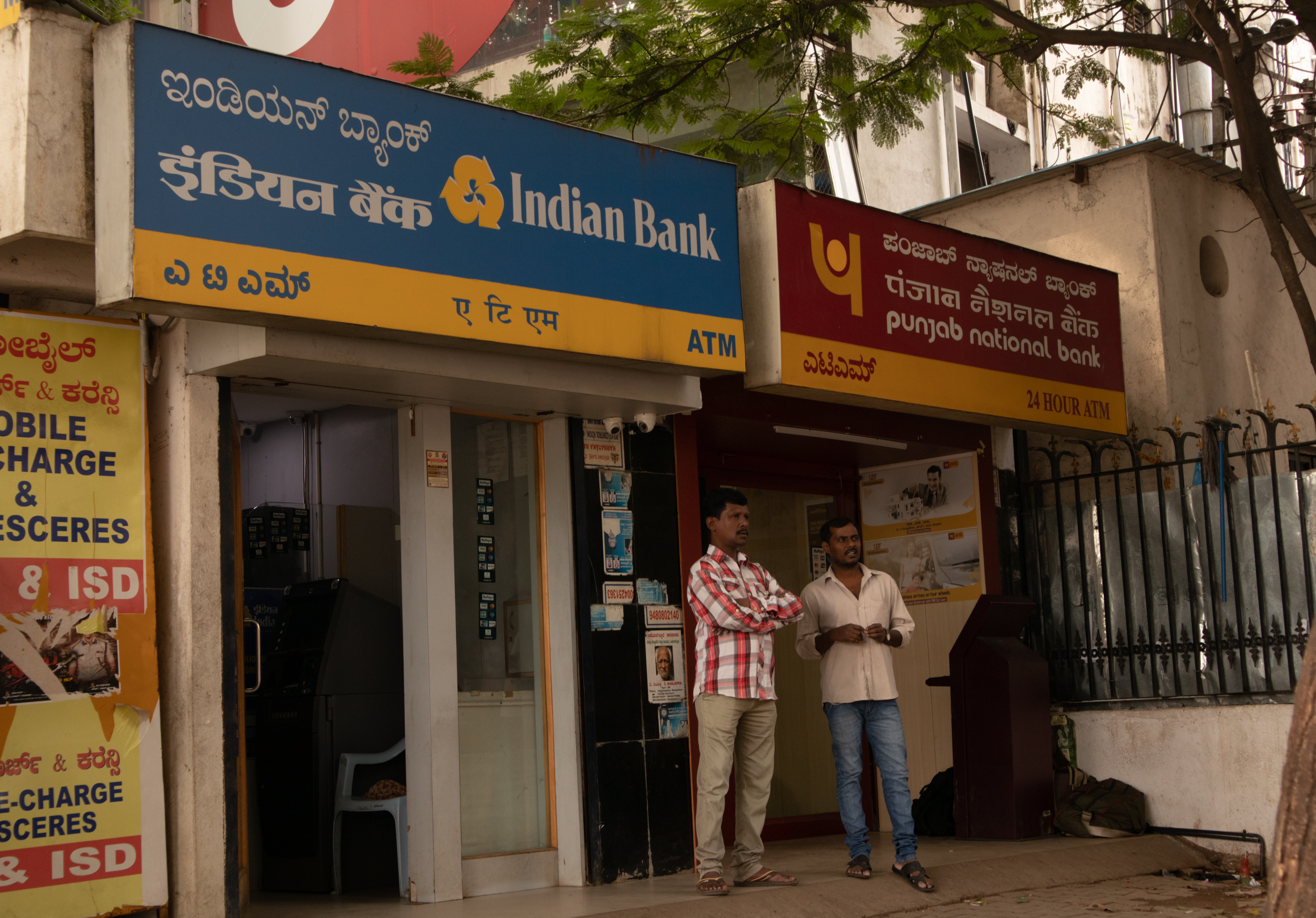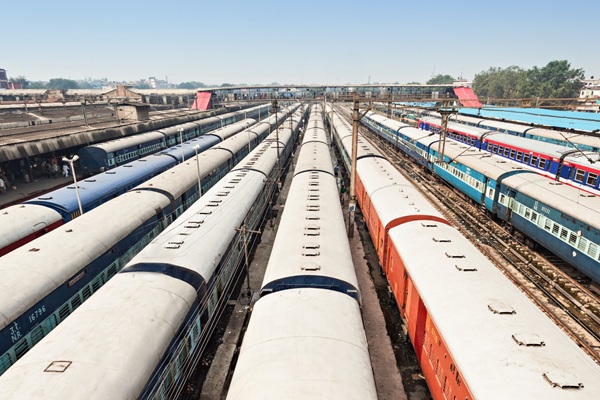.png)
April 28, 2025 at 8:11 AM IST
Reliance Industries reported a mere 2% growth in its consolidated net profit, reaching ₹194.1 billion for the fourth quarter ended March 2025. Revenue from operations during the period grew 10% year-on-year to ₹2.64 trillion.
The profit exceeded street expectations of ₹184.7 billion. The company’s board has recommended a dividend of ₹5.50 per equity share for 2024-25(April-March)
In addition to the dividend and results, the board has approved raising ₹250 billion through bonds in one or more tranches.
On a sequential basis, net profit increased by 5% from ₹185.4 billion reported in the December quarter, while revenues rose by 8% quarter-on-quarter. EBITDA for the fourth quarter increased by 4% on year to ₹487.37 billion.
Mukesh Ambani, Chairman and MD of RIL, commented, “FY25 has been a challenging year for the global business environment, with weak macro-economic conditions and a shifting geo-political landscape. Our focus on operational discipline, customer-centric innovation, and fulfilling India’s growth requirements has helped Reliance deliver steady financial performance during the year.”
Finance costs for the fourth quarter rose by 7% on year to ₹61.6 billion, mainly due to higher average liability balances. Tax expenses increased by 1% YoY to ₹66.7 billion. Capital expenditure for the quarter stood at ₹36.04 billion.
O2C Business
Reliance's Oil to Chemicals business recorded weaker operational performance, with EBITDA dropping by 10% YoY to ₹150.8 billion. This was attributed to a sharp fall in transportation fuel cracks and lower polyester chain margins, though higher volume, feedstock cost optimisation, and stronger polypropylene and polyvinyl chloride margins partially offset the decline.
Revenues for the segment increased by 15% YoY to ₹1.64 trillion, driven by higher volumes and increased domestic product placement. The total throughput for the quarter rose by 2.5% to 20.3 million metric tonnes.
Ambani stated, “The oil-to-chemicals business posted a resilient performance despite considerable volatility in energy markets. Significant demand-supply imbalances in downstream chemicals markets have led to multi-year low margins.” The company is working on optimising integrated operations and feedstock costs to capture higher margins across its value chains.
Jio Platforms
Jio Platforms saw an 18% YoY growth in revenue, reaching ₹398.5 billion, while EBITDA grew by 18% to ₹170.2 billion. Net profit for the quarter stood at ₹70.2 billion, up 26% YoY.
The double-digit revenue growth was driven by a tariff increase for mobility services, improved subscriber mix due to the expansion of home connections, and growth in digital services. The average revenue per user (ARPU) for the quarter rose to ₹206.2, supported by tariff hikes and better subscriber mix. Data traffic surged by 24% YoY to 184.5 exabytes, while the subscriber base crossed 488 million, including 191 million 5G users.
Reliance Retail
Reliance Retail’s Q4 FY25 revenue increased by 16% YoY to ₹886.2 billion, driven by strong performance across consumer electronics and grocery segments. EBITDA rose by 14% YoY to ₹67.1 billion, and net profit grew by 29% YoY to ₹35.2 billion.
The company added 1,085 stores during the quarter, bringing the total to 19,340 stores. The customer base expanded to 349 million, with 361 million transactions in Q4 alone.
Isha Ambani, Executive Director of Reliance Retail, commented, “Reliance Retail delivered strong growth in revenue and profits, powered by improved efficiencies, innovative formats, and continued tech investments.”
Oil and Gas Business
The oil and gas business saw a slight 0.4% YoY decline in revenue to ₹64.4 billion for the fourth quarter. EBITDA for the quarter dropped by 9% to ₹51.2 billion.
For FY25, the revenue was higher by 3.2% compared to FY24, mainly due to higher volumes from the KG-D6 and CBM fields, although this was partially offset by lower gas and condensate price realisations. Production volumes from the KG-D6 block stood at 26.73 million standard cubic metres per day (MMSCMD) of gas and 20,300 barrels per day (bbl/day).




